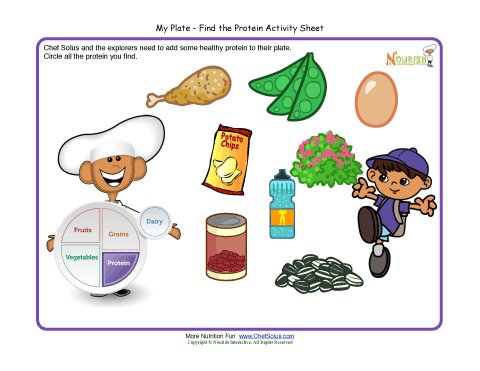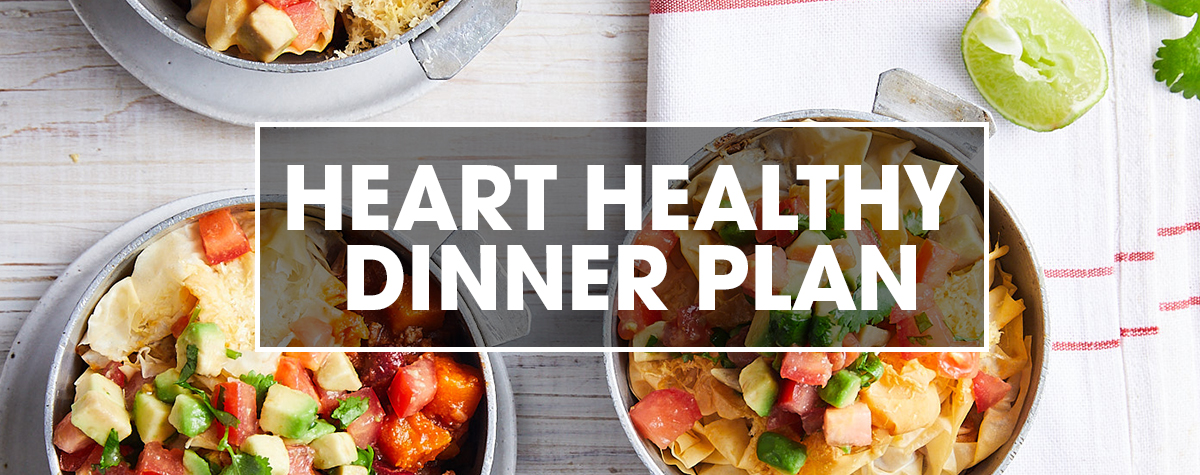
A meal planner can make it easy to lose weight. Many apps are free and offer detailed menu planning, calorie counters, and more. You will need to pay extra for the most advanced apps. The benefits of these are that you can personalize your menus and make time savings. You can choose the types of food you want to include in your diet.
Prepear is an excellent app for creating meal plans. The app can be downloaded for free and lets you import existing recipes or create your own. It also offers a variety of popular restaurant and packaged food recipes. However, the app's functionality is limited to daily meals and cannot be used to plan your own meals. For $8.99/month or $3.99 if it is billed annually, you will need to subscribe for the Premium account. This account gives you unlimited weekly meals or weekly shopping lists. You can also order grocery delivery via the app.

Mealime offers a way to make a meal plan that you can customize. It is easy to use and has a simple user interface. It has a calorie count and a macro diet calculator. The app helps you discover new recipes by analyzing your health goals and lifestyle. Mealime is only free for 14-days, but the pro version comes with more features. It also allows you to add prices for recipes.
Prepear provides a free online account and offers a social networking site focusing on cooking. You can build a book and connect with others who have the same taste. You can also request recipes, get tips, or even swap out ingredients. Prepear members have the ability to share meal plans. Prepear Gold membership allows you to save time by customizing your recipes and meal planning.
Mealime also offers an individualized meal plan. It will ask for your personal information and preferences to create a meal plan that's tailored to you. Then, the app uses these data to create a customized meal plan for you. An account is not required to use the app. You can also sign up for a trial version of the app. You'll then be able use the app to make and modify your food plans, and to save them for later.

Real Plans is a free app that allows you to create your own meal plans. This app allows you to create your own meal plans and grocery shopping lists. It features a calorie monitor and lets you import recipes from different sites. The menus can be customized and modified to meet your needs. This will save you a lot of time. It also helps you lose weight. You can find many more apps out there, but these are our favorites.
FAQ
What is the problem with BMI?
BMI is the acronym for Body Mass Index. It measures body fat based upon height and weight. Here is how to calculate BMI using the following formula.
Add weight in kilograms to height in meters squared.
The result is expressed using a number from 0 through 25. A score greater than 18.5 is considered overweight. A score greater than 23 is considered obese.
A person who is 100 kg in weight and 1.75m in height will have a 22 BMI.
These are 5 ways you can live a healthy and happy life.
Healthy lifestyles include eating right, exercise regularly, getting enough rest, managing stress, having fun, and eating healthy. Avoiding sugar and processed foods is key to eating well. Exercise is good for your body and muscles. Sleeping enough can improve memory and concentration. Stress management reduces anxiety, depression and other symptoms. And finally, having fun keeps us young and vibrant.
What can be done to increase your immune system's effectiveness?
The human body consists of trillions of cells. These cells collaborate to create organs, tissues and other functions. If one cell dies, a new cell takes its place. Cells also communicate with each other using chemical signals called hormones. Hormones regulate all bodily processes, from growth and development to metabolism and immunity.
Hormones, chemicals that are secreted throughout the body by glands, are chemicals. They travel through the blood stream and act like messengers to control how our bodies function. Some hormones are made internally, while others are created outside the body.
When a hormone-producing gland releases their contents into the bloodstream, hormone production begins. Once released, hormones move through the body until they reach their target organ. In some cases hormones can remain active for only a few hours. Other hormones can remain active longer, and they continue to affect the body's functionality even after leaving the bloodstream.
Some hormones are made in large quantities. Others are produced in small amounts.
Certain hormones can only be produced at specific times in life. For example, estrogen can be produced during puberty or pregnancy. Estrogen helps women develop breasts, maintain bone density, and prevent osteoporosis. Estrogen promotes hair growth, and skin stays soft and smooth.
Statistics
- nutrients.[17]X Research sourceWhole grains to try include: 100% whole wheat pasta and bread, brown rice, whole grain oats, farro, millet, quinoa, and barley. (wikihow.com)
- This article received 11 testimonials and 86% of readers who voted found it helpful, earning it our reader-approved status. (wikihow.com)
- In both adults and children, the intake of free sugars should be reduced to less than 10% of total energy intake. (who.int)
- According to the Physical Activity Guidelines for Americans, we should strive for at least 150 minutes of moderate intensity activity each week (54Trusted Source Smoking, harmful use of drugs, and alcohol abuse can all seriously negatively affect your health. (healthline.com)
External Links
How To
What does the term "vitamins" mean?
Vitamins are organic compounds naturally found in food. Vitamins are essential for our bodies to absorb nutrients from the foods we eat. The body cannot make vitamins; therefore, they must be obtained from food.
There are two types vitamins: water soluble or fat soluble. Water-soluble vitamins dissolve in water easily. Vitamin C,B1(thiamine), B2 (2riboflavin), and B3 (3niacin), as well as vitamin C,B1, B2 (riboflavin), and B3 (niacin), vitamin B6 (pyridoxine), vitamin folic acid (biotin), pantothenic, and choline are examples. Fat-soluble vitamins can be stored in the liver or in fatty tissue. Examples include vitamin D, E, K, A, and beta carotene.
Vitamins are classified according their biological activity. There are eight major types of vitamins:
-
A - vital for healthy growth.
-
C - important for proper nerve function and energy production.
-
D – Essential for healthy teeth, bones and joints
-
E - needed for good vision and reproduction.
-
K - required for healthy muscles and nerves.
-
P - vital for building strong bones andteeth.
-
Q - Aids in digestion and absorption.
-
R is required for the production of red blood cells.
The recommended daily allowance (RDA) of vitamins varies depending on age, gender, and physical condition. The U.S. Food and Drug Administration sets RDA values.
For example, the RDA for vitamin A is 400 micrograms per dayfor adults 19 years or older. Because it is essential for the development of the fetus, pregnant women should consume 600 micrograms per daily. Children ages 1-8 require 900 micrograms per day. Children under 1 year old require 700 micrograms daily, while infants over one year old need 500 micrograms every day. This decreases between 9 and 12 months.
Children between the ages 1--18 years old who are overweight or obese require 800 micrograms per Day, while those who are overweight or obese need 1000 micrograms. To meet their nutritional needs, children underweight and obese require 1200 micrograms a day.
Children between 4 and 8 years old with anemia will need 2200 micrograms daily of vitamin C.
Adults over 50 years of age need 2000 micrograms per day for general health. Breastfeeding or pregnant women require 3000 micrograms per daily due to higher nutrient demands.
1500 micrograms is the recommended daily intake for adults aged 70+, who lose approximately 10% of muscle each year.
Women who are pregnant, nursing or breastfeeding need more than the RDA. Pregnant and breastfeeding women require 4000 micrograms each day during pregnancy and 2500 Micrograms each day after delivery. Breastfeeding mothers need 5000 mg per day when breastmilk is being produced.